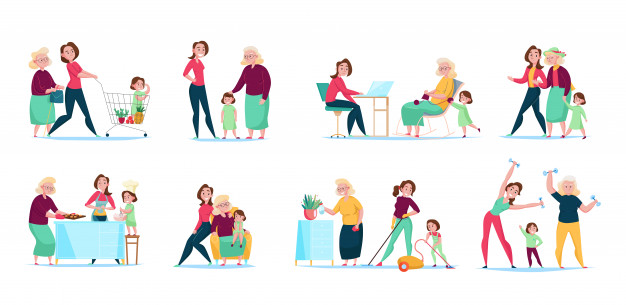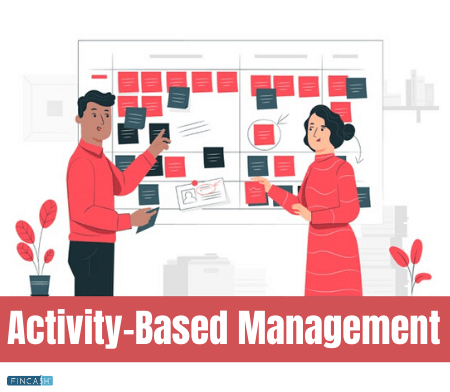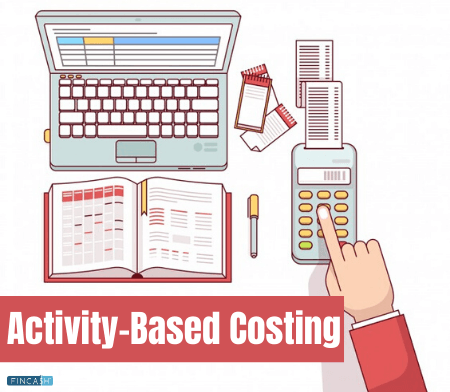
Table of Contents
Activities of Daily Living (ADL)
What are Activities of Daily Living (ADL)?
ADL or Activities Daily Living is a term that defines daily routine activities people do without assistance. The basics ADLs are - bathing, eating, personal hygiene, feeding, mobility, etc. The term was first coined by Sidney Katz in 1950.

ADL may vary person to person, as some may just need a little help to perform such activities. The performance of these ADLs determines what type of long-term care a person might need, such as Medicare, insurance, Medicaid, etc., as the person ages.
Instrumental Activities of Daily Living (IADLs)
A person who turns 65 age may eventually require a care Facility, similar to a baby, as they are unable to perform specific ADLs. Instrumental Activities of Daily Living or IADLs help determine the level of assistance required by an elderly or disabled person.
The IADLs include:
1) Managing Personal Finances- This includes paying bills, operating within budget, managing Financial Assets, avoiding scams, etc.
2) Meal Preparation - This means cooking and preparing meal right from the scratch - planning, cooking, cleaning, storing, managing kitchen utensils, etc.
3) Transportation - Driving or ability to use public transport, etc.
4) Shopping - The ability to shop for clothing and other items required in daily life.
5) Managing Medications - Taking an accurate dose prescribed medicines.
6) Household Work - Doing the dishes, dusting, vacuuming, and maintaining a hygienic place.
Importance of ADLs
The concern of performing ADLs comes when a person is aging and if they are able to live independently without assistance. The importance of ADLs comes into the picture as it affects a person's ability to household work, shop, prepare own meal, manage Personal Finance, etc. It can also place the person in the line of dangers taking the wrong dose of medicine, falling down stairs or slipping in the shower.
Talk to our investment specialist
An ADL assessment comes into the picture to determine benefits for long-term care insurance policies and disability insurance. The cost of home care, assisted living, skilled care, nursing homes, etc., is a concern for many families. Such facilities come at a high cost. Also, not all supportive care is covered by private insurance. Often lower socioeconomic groups have difficulty accessing quality care for seniors or disabled.
All efforts have been made to ensure the information provided here is accurate. However, no guarantees are made regarding correctness of data. Please verify with scheme information document before making any investment.












